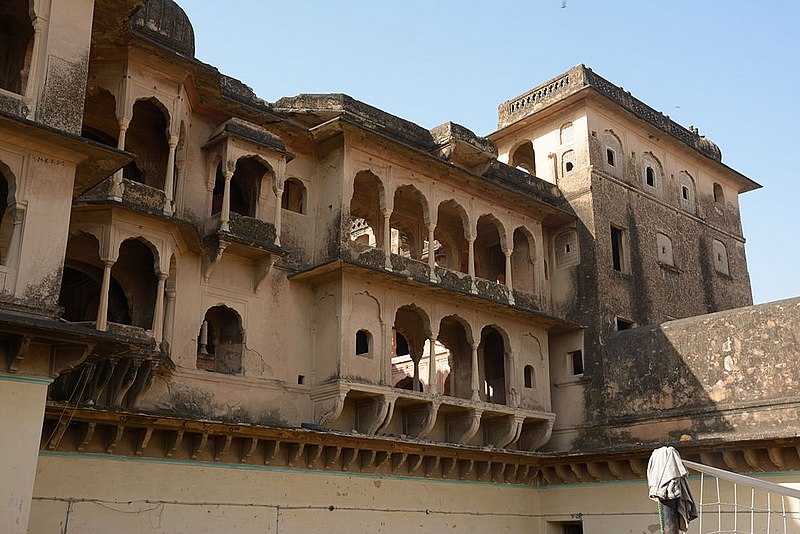Khetri Mahal
Khetri Palace, Jhunjhunu Overview
Located at the western end of Nehru Bazaar, in the district of Jhunjhunu in the state of Rajasthan, Khetri Palace is an ancient old palace mainly known for its brilliant architecture and gorgeous frescoes. Although the monument is relatively small and is currently in ruins, however, it is still a major tourist attraction in town and does not fail to attract both tourists and locals alike. It is also known as Wind Palace which is strange as it is devoid of any real windows of doors.
Boasting of large halls and corridors, Khetri Palace has marble pillars instead of walls to ensure free flow of air and good ventilation. Consisting of various levels and storeys, the palace has connecting ramps so that horses and carts can also be accommodated inside. Besides, the palace offers beautiful views from the top of old Muslim quarter, Pirzada Mahalla and the rest of the city.
Read More on Khetri Palace
History of Khetri Palace
Architecture of Khetri Palace

The several levels of the palace are connected with ramps and slopes so that it can be easier for the horses and carts to move inside and out. These horses were used by noblemen to commute. In addition to that, the palace has private chambers of Thakurs which has two alcoves. Here in the alcoves you can find older paintings which are mostly in ruins and have been weathered and almost destroyed over time. There are also other rooms, most of which are interconnected with archways instead of regular doors. The ramps and the arches give a sophisticated proportionate look to the entire building. The entry to the palace is at the base of the monument through a student hostel.
Tips
- It is advisable to not drive down at the spot in your car as the palace is located inside the labyrinths of several narrow lanes and there will be major difficulty in finding a perfect parking spot. You can reach here in public transport.
Top Hotel Collections
Top Hotels Near Khetri Palace
Khetri Palace Reviews

Have a Question on Khetri Palace?

experience.